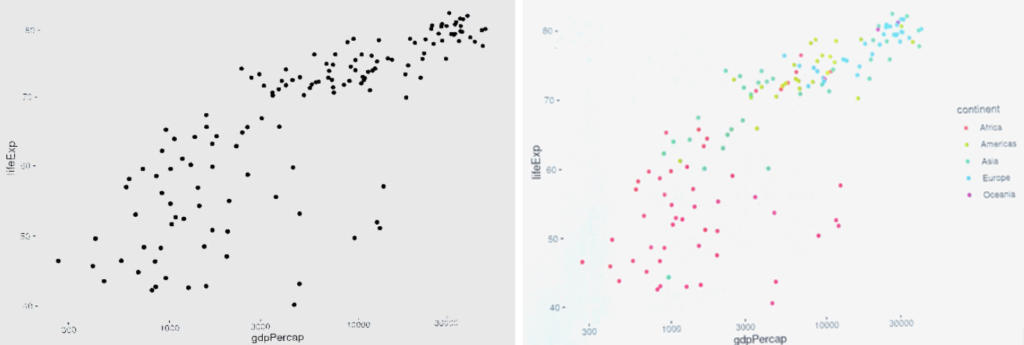It is time to announce, and showcase, the winners of the 2021 In2scienceUK Programme Blog competition. This years’ theme was So What? How Our Research Makes a Difference. We have had an overwhelming response of 55 total entries for this competition. The task was to write a short blog (400-500 words) describing why their mentor’s research is important and how it could make a difference to society. The blogs are an opportunity to explain to the public why this work needs to be done and how it might help people in ways they hadn’t realised. Both winners, Adan and Willow, will receive £50 in Amazon Vouchers.
Runner up #1: Adan
Introduction:
My mentor studies B cells, which are a type of cell (a ‘unit’ of life) in our immune system, which release proteins called antibodies that help us to fight against many diseases. These diseases can be caused by bacteria, viruses and even our own cancerous cells, so humans and other animals have developed a network of defences to kill these unwanted pathogens and cells.
Think of this as a big battle, but on a microscopic scale. There are thousands of invaders trying to enter our base (the body) and are stocked up with their own deadly weapons (antigens). However, our first line of defence, the macrophages, have a huge appetite and consume as many of the invaders as they come across. The macrophages then present and pass on their deadly weapons to the T cells, who recognise these weapons to carry them to activate the B cells. Instantly, the B cells multiply in numbers and shoot spears and arrows (antibodies), killing most of the remaining intruders by taking their weapons and destroying them – but most importantly, they help prepare for the next attack of these same invaders.
Unfortunately, these B cells do not always end up as the heroes of every tale, but rather the villains…
Autoimmunity:
Rare autoimmune diseases are often not well understood by scientists and doctors, as they have unknown causes and their impacts on an individual’s health are unpredictable. To put this into perspective, we generally associate diseases with pathogens invading our cells or the cells becoming cancerous (where they multiply uncontrollably), but rare autoimmune diseases are more peculiar – they can appear randomly in an individual and their origins or causes are often untraceable. This makes them incredibly difficult to diagnose and treat and can lead to the significant suffering of children and their families.
As a result, my mentor has been researching ways that B cells can be redirected from their villainous role in damaging healthy cells, back into their heroic roles destroying deadly invaders. This goes to show that regardless of how impossible a task might seem, there are always doctors and scientists out there who dedicate their time in battling rare diseases – to ensure that the needs of each of their patients are met and that their lives are healthier, happier and longer. They are true heroes of this tale, I must say.
Runner up #2: Willow
My mentor, Dr Alex Watson, works at UCL as a lecturer where he specialises in statistical maths. His research in maths specialises in data and real-world modelling, some advantages of this mathematical modelling include:
-these models can help to make beneficial decisions faster in a business
-they accurately represent and help to identify issues in real-life problems
-help to solve large and complex problems with ease
-models help communicate important information, etc.
Mathematical modelling itself can be described as translating problems from given data into a mathematical formula that’s easier to understand to help with problem-solving. This kind of research is very important in society as it can predict issues that can arise in the future, help to prevent them and to help understand both natural and unnatural occurrences. The models specifically help us to investigate these complex problems, so when we find supporting evidence, we have proof that the model is reliable and can be used to make other accurate predictions.
After learning about his research in person, he taught me how to create and investigate these models using a desktop app called RStudio, where we were able to identify trends from scatter graphs of different continents and their life expectancy. An example of this can be shown from some of the graphs comparing life expectancy against a person’s average income yearly.
This graph shows as the average income increases, the life expectancy also increases. However, this isn’t really a strong correlation as the points are quite scattered meaning there could be other factors that may have a bigger effect on the life expectancy of the selected continents.

These graphs show the same graph but only the data from 2007 and in the second one, it has been separated into colours to separate the continents. They still show the same weak, positive correlation, yet now you can see how the continents are separated like how Africa, which had more third world countries at the time, is at the bottom of the graph and Europe, which was known to be a wealthy continent, is near the top of the graph. This shows that the different continents their selves are also contributing factors for life expectancy. This kind of information and research is very important in society as, in this case, it can show people how to improve the health and wellbeing of people and different continents, even helping to save lives. Not only is the research my mentor conducts important, but the fact that he works as a lecturer is even more beneficial since it teaches this kind of important mathematics to hundreds of students who can go on to create more of these models which help solve even more real-world problems in society.
